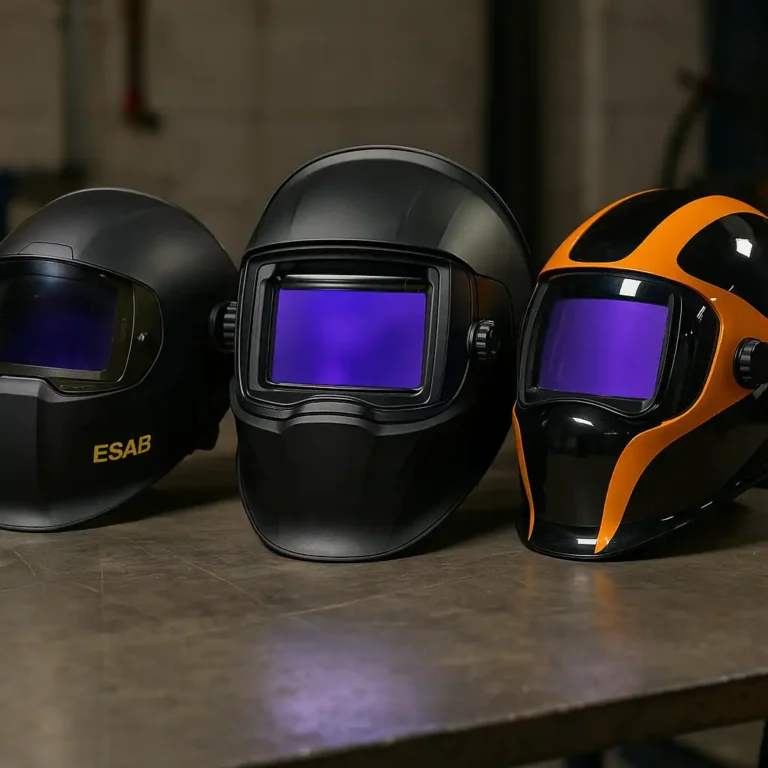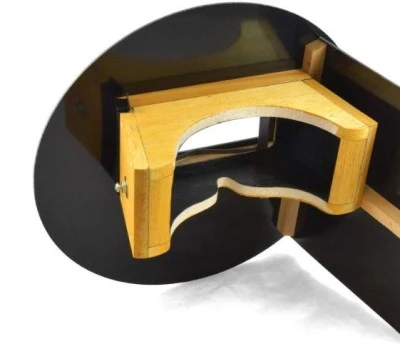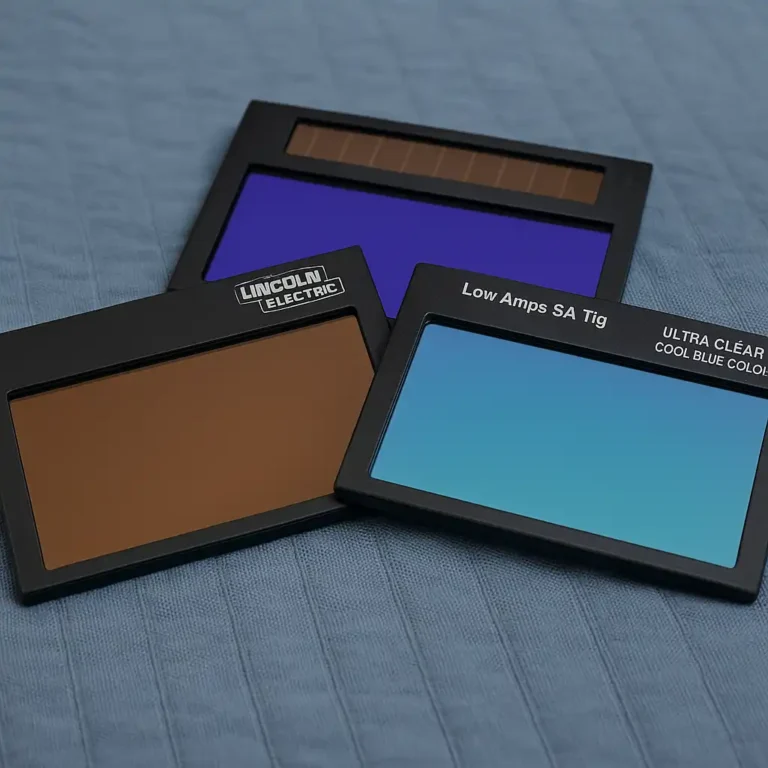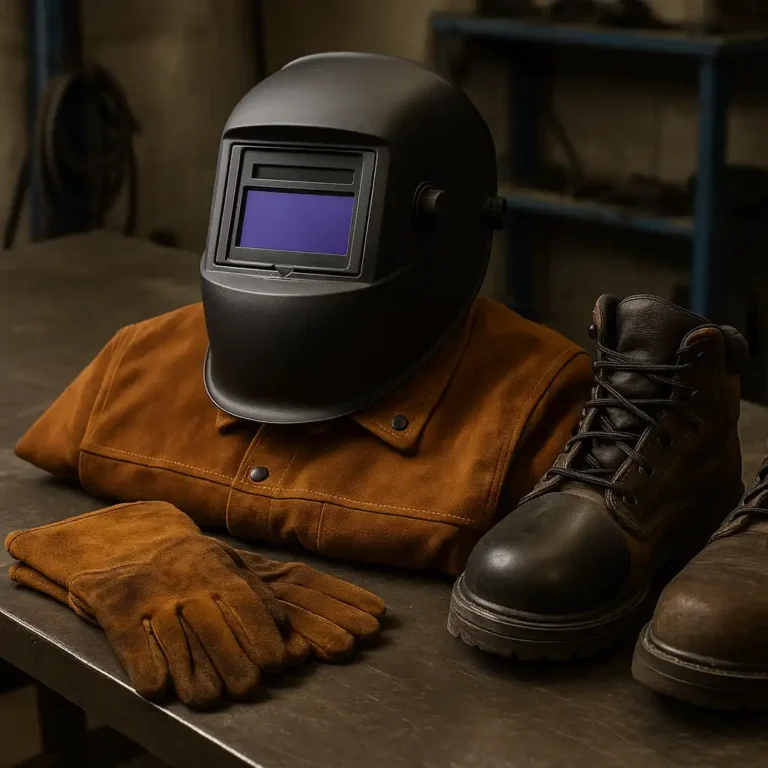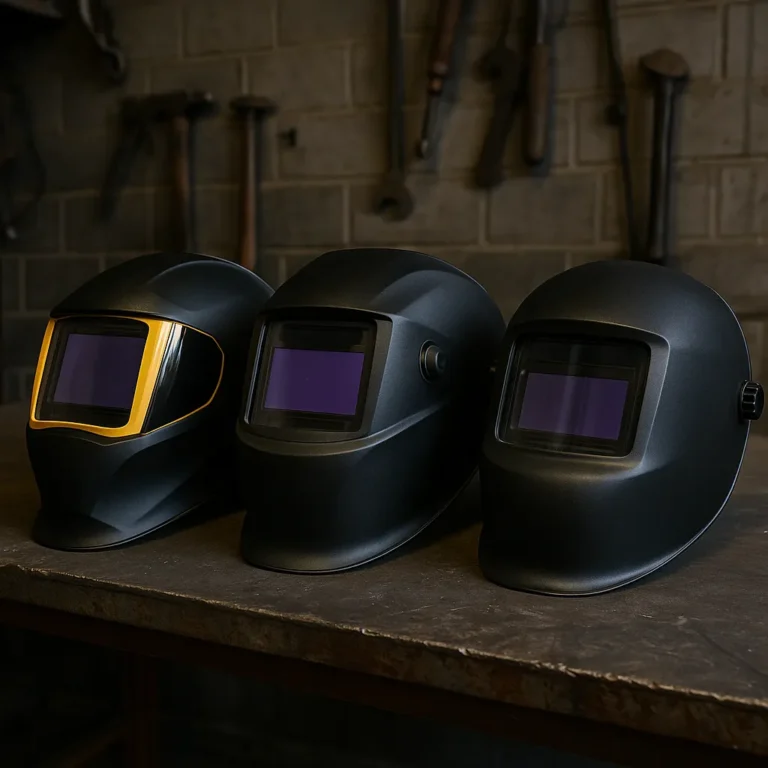Welding Helmet Shade Guide – Find the Right Number for the Job
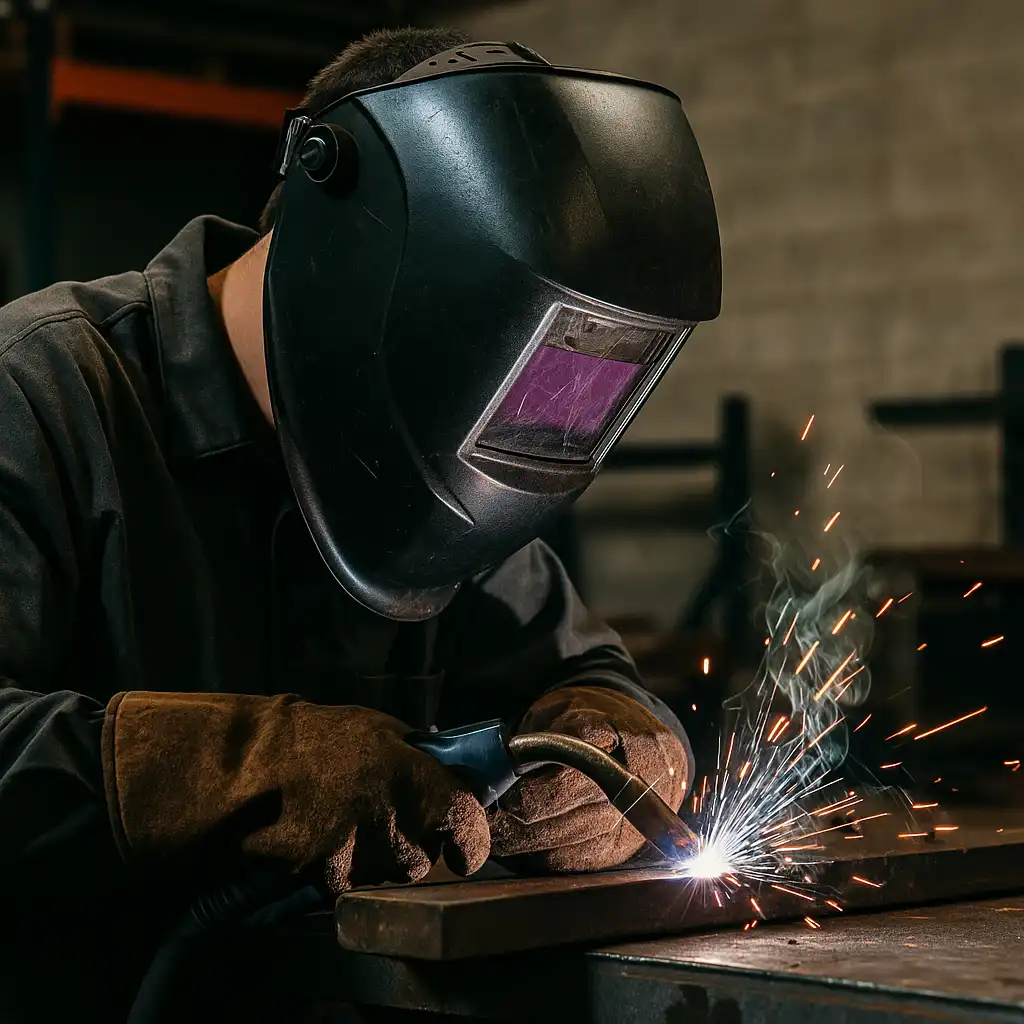
Disclosure: This post contains affiliate links. As an Amazon Associate, I earn from qualifying purchases—at no extra cost to you.
Last Updated: September 18, 2025
Ask ten welders what shade to use and you’ll hear ten different answers. The wrong number can either leave you squinting blind or hit you with arc flash. A clear guide makes it easier to pick the right lens so you can weld safer and see the puddle better.
👉 Take a look at our welding helmet guide for a full breakdown of the best options on the market.
🔍 What Welding Helmet Shade Guide Means in Welding
Shade numbers show how dark your welding lens is. A higher number blocks more light. Most helmets range from shade 8 to 13. The “right” number depends on your process and amperage—bright stick welding needs more shade than low-amp TIG.
🔍 Why It Matters for Welders
Too dark, and you can’t see the joint. Too light, and you risk eye strain or even flash burns. The right shade helps you follow the puddle, stay accurate, and keep your eyes fresh during long sessions.
🔍 Common Misconceptions or Mistakes
Shade 10 isn’t universal—it won’t cover every process. MIG, TIG, and stick all demand different levels. Another mistake is leaving your helmet at the factory setting (usually shade 10), no matter the job. Forgetting to adjust when switching processes is another quick way to hurt your eyes.
👉 Check out our guide to TIG helmet picks for settings that balance visibility and protection.
👉 See our breakdown of MIG and Stick helmets if you’re adjusting shade numbers for heavy-duty work.
📦 How to Choose or Use Correctly
Stick usually runs at shade 10–12. MIG sits between 10–13. TIG, with its lower amps, often uses shade 9–12. Auto-darkening helmets make life easier with adjustable ranges—you just set it and go. Always test the lens with a quick strike before you commit to a bead.
💰 Cost, Safety, or Value Considerations
Passive helmets are cheap and rugged, but you’re stuck with one shade. They’re fine if you stick to one process. Auto-darkening helmets cost more, but they adapt to any job, save your neck from constant nods, and reduce mistakes. For welders under the hood all week, the value pays for itself.
📌 Key Takeaways
- Shade numbers tell you how much light your lens blocks.
- The right number depends on your amps and process.
- Auto-darkening helmets add flexibility and cut down eye strain.
🟢 FAQs
Q: What shade number should I use for stick welding?
Stick welding usually calls for shade 10–12 depending on amperage.
Q: Is shade 10 enough for MIG welding?
Yes, for low to medium amps. For higher output, move to 12 or 13.
Q: What shade is best for TIG welding?
TIG runs lower amps, so shade 9–12 is common for clear visibility.
✅ Conclusion
A welding helmet shade guide takes the guesswork out of eye protection. Whether you’re running passive or auto-darkening, matching your shade to the process keeps your vision safe and your welds sharp.

